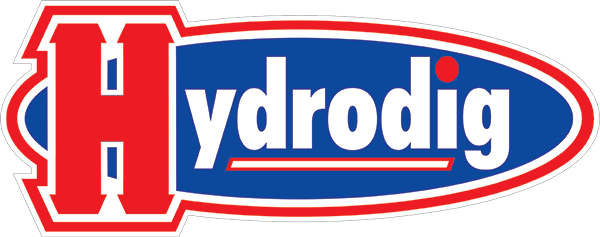Potholing, also known as daylighting or vacuum excavation, is a non-destructive method used to expose and safely excavate underground utilities and other subsurface structures. This process is often employed to gather information about the location, depth, and condition of utilities before construction or excavation projects.
Safety is a top priority in potholing services. The team will establish safety measures and protocols to ensure the well-being of workers and bystanders. This may include traffic control measures if the potholing is done near roadways.
The primary goal of potholing is to expose utilities such as water lines, gas lines, electric cables, and telecommunication lines. This allows workers to visually inspect the condition of these utilities and determine their exact location and depth.
As utilities are exposed, data is collected and recorded. This information is crucial for project planning, design, and construction. It helps avoid accidental damage to existing infrastructure during subsequent excavation work.
Detailed documentation of the potholing process is often provided, including photographs, measurements, and notes. This documentation is valuable for project records and future reference.
Potholing services typically comply with local regulations and industry standards. This ensures that the excavation is conducted in a manner that meets safety and environmental requirements. Potholing is considered a cost-effective and time-efficient method compared to traditional excavation techniques.
